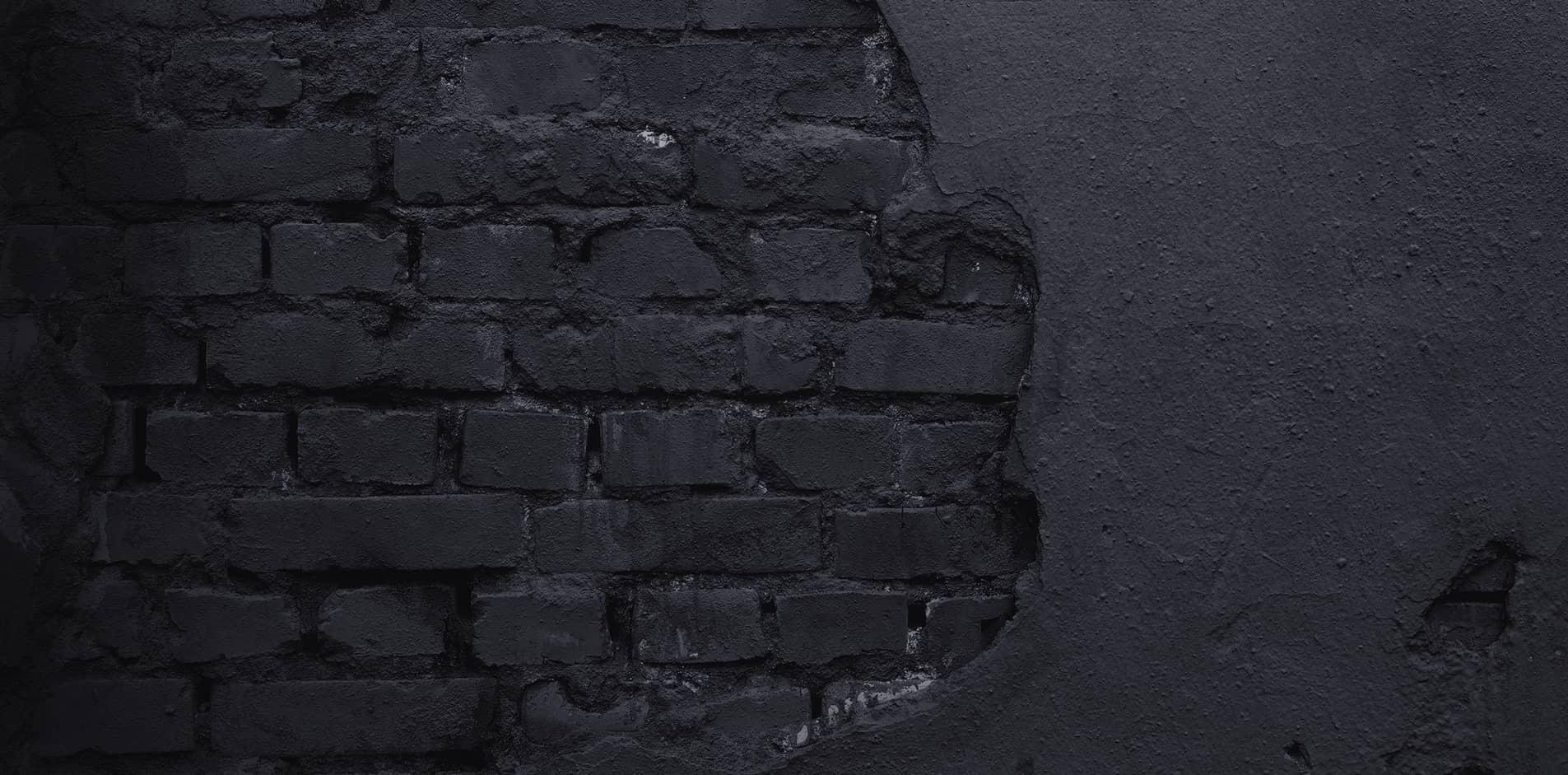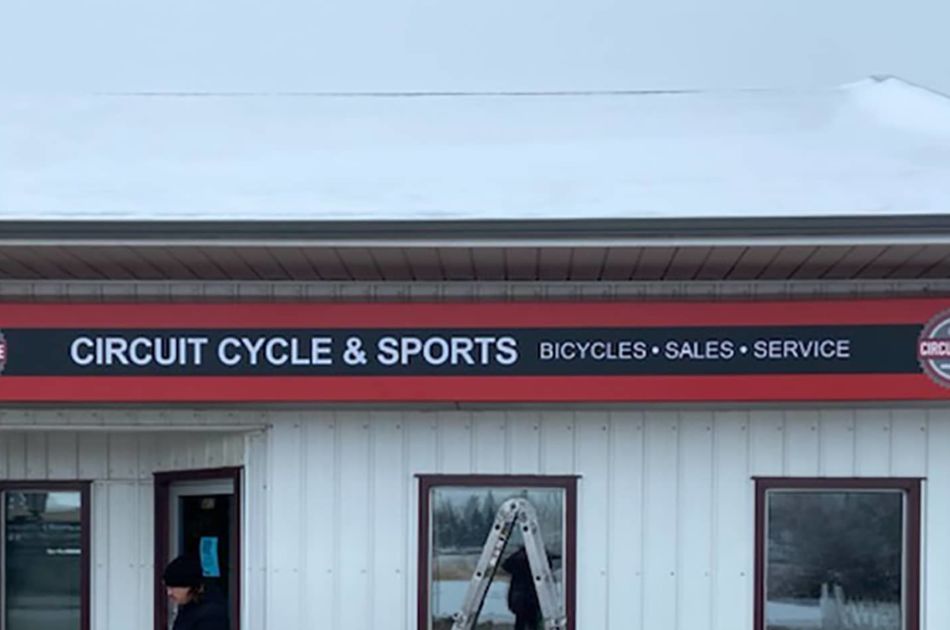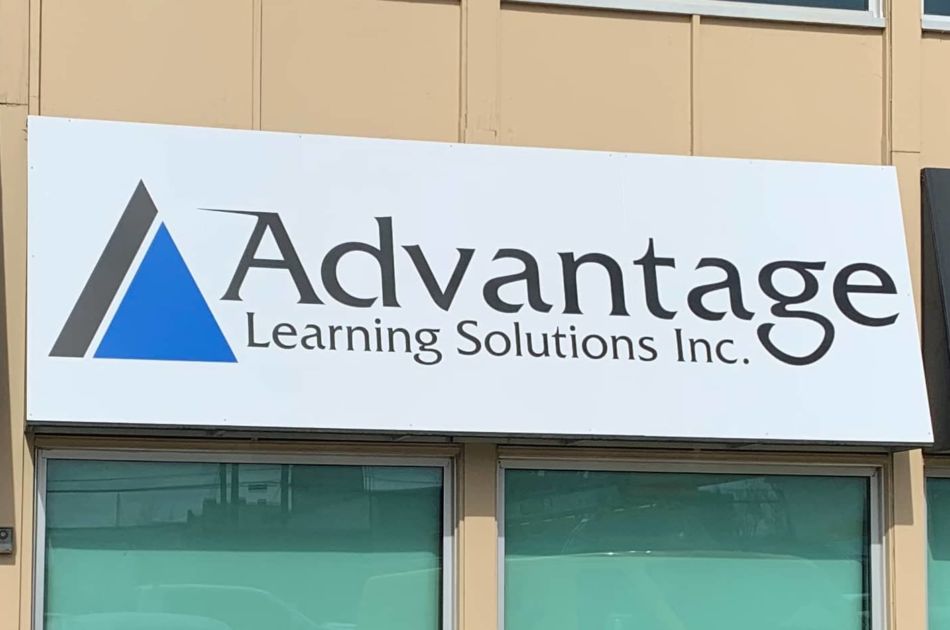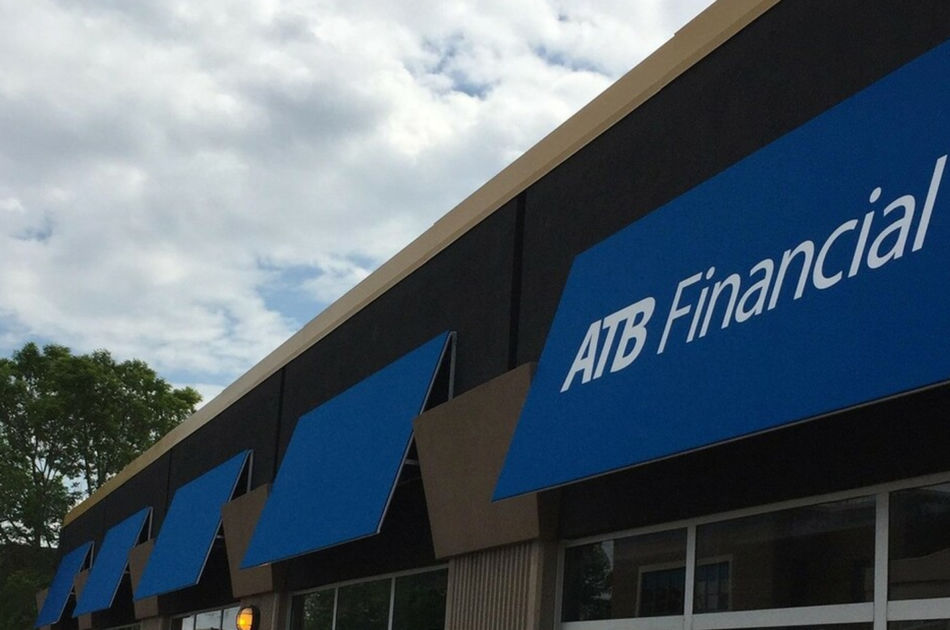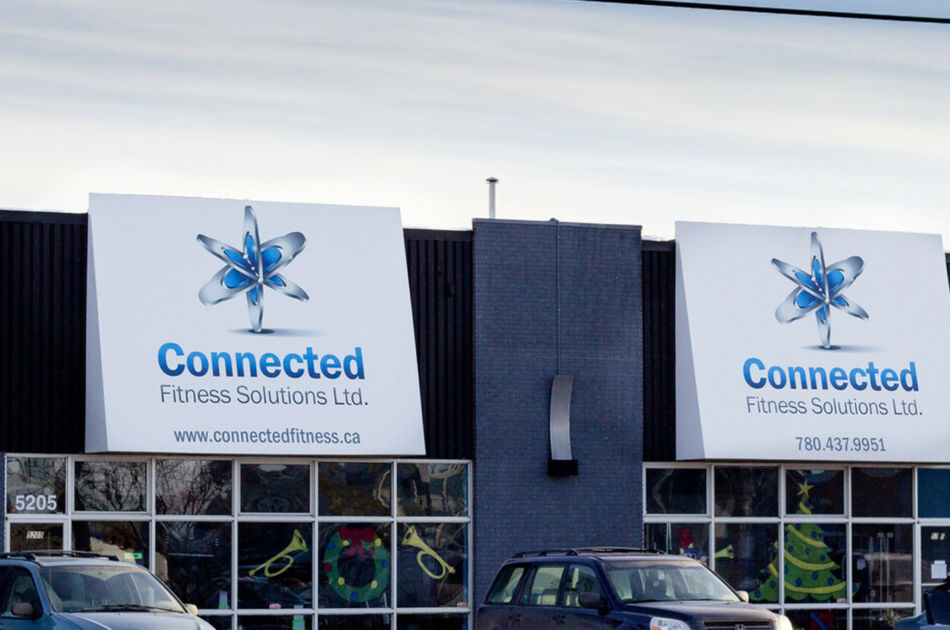What Is an Awning Sign?
Awning signs are affordable, decorative, and useful to your business. They overhand the entrance to your business to help customers and clients identify where they are meant to go, and they are great advertisements for your business since they are visible from some distance away. They are also highly functional, and can help your visitors feel protected and well looked after. They can be useful for any storefront type business, hotels, restaurants, and more.
How Big Is It?
Awnings can come in a variety of sizes. Different styles will have different averages of size, but they are often long enough to fit several people standing underneath them, and long enough to produce a gradual decline from the top of the awning (attachment site) to the bottom (overhang segment). Their dimensions are usually described in feet.
What Is It Made Of?
There are many materials that can be used for awning fabrication. Some are more durable than others or more suited to larger awnings, and other materials are ideal for their economic benefits or aesthetic appeal.
One of the more popular materials for awnings is acrylic, or an acrylic-coated synthetic fabric like polyester. These fabrics are resistant to UV damage from the sun, repel water effectively, and reduce fading seen in uncoated fabrics. They also resist mildew growth and are ideal for areas that experience high humidity on a regular basis. It is important to keep in mind that these fabrics will be opaque and quite heavy, so they will need a solid support structure.
Vinyl coated fabrics are another popular choice for awnings. They also require a solid support structure due to their weight, and are suited to high levels of humidity. However, one thing to note is that vinyl laminated fabrics are more effective at resisting mildew growth and sun damage than vinyl coated fabrics. These fabrics will not have as much color diversity, but they are more translucent than acrylic fabrics which makes this material better for illuminated awnings.
Uncoated polyester and cotton fabrics can be used, but they aren’t that common. Cotton fabric is really only used for areas with extreme cold weather, and polyester is vulnerable to sun damage, mildew growth, and water damage.
Shade cloth is another highly popular material for awnings. This is the material that umbrellas are made of, which a combination of vinyl and polyethene mesh. This material is highly water resistant, and is easily foldable, making this material a great choice for retractable awnings.
The most durable material for outdoor awnings is metal. Steel and aluminum are both popular choices, but each has its own pros and cons. Steel awnings require frequent maintenance such as repainting, and they are prone to rust. They are highly durable though, and fairly affordable. Aluminum, on the other hand, is less resistant to dents but is more easily maintained.
Why Is This Sign Type Needed?
Awnings are valuable to businesses for a number of reasons. First, they are the perfect way to represent your brand and improve your marketing strategy. Awnings are eye-catching and direct foot traffic directly to your front door; this can have a large impact on business and help promote your business via word of mouth too. They help increase your visibility, especially in busy urban centers, and they can be the perfect way for people to remember you.
Awnings are also quite charming and unobtrusive. They create a welcoming environment, and your patrons will appreciate the shade and protection from the rain, especially if you are an establishment that serves food outside or frequently has people waiting for cabs.
Awnings are also highly protective sign types. We’ve touched on the benefits to your visitors, but it can also protect your business. The shade offered by large awnings can protect your interior products from sun damage and reduce the amount of heat entering the building; say hello to energy savings and less of an expense for air conditioning.
When Was This Sign Type Invented and Why?
Awnings have been around since ancient Egypt was the present time. They began as woven mats that provided shade to market stalls, and they continue to serve that purpose today, albeit it in advanced forms. The early 19th century marked the beginning of their use on storefronts; they were very simply constructed using posts, canvas, and nails to provide cover from the sun and rain. After the Civil War, awning construction became more sophisticated with the use of iron plumbing pipes as frame material. The alter half of the 19th century saw great strides in awning use and advancement, and by the 1960’s through the 1980’s, today’s common awning materials and styles became popular and widely implemented all across North America.
Types of Awning Signs
There are four main styles of awning that you should be introduced to. These are the most common and popular styles used in North America, and we have experience designing, fabricating, and installing all of them.
The most traditional style of awning is the classic slopestyle awning. This awning type are ideal for small businesses that serve food, because they offer the clientele the opportunity to enjoy their food outdoors, but still be protected from the sun’s rays and rain. For this reason, they are also highly appreciated by businesses that often have clientele waiting for pick ups by a driving service. They are often highly decorative and placed above doors and windows.
Another type of popular awning style is the promenade awning. These are also called waterfall awnings, and they are characterized by a rounded top. This style mat have side curtains or it may not, but it always features a steel or aluminum frame. This awning type is highly customizable and is able to support backlighting.
Esquire dome awnings are more of a niche style. They are frequently used at spas, restaurants, and small boutique stores. They have a circular, dome structure, and commonly have frills hanging off the bottom edge. These are highly elegant awnings that speak of class and luxury awaiting you inside the front doors. They are almost always placed directly above the front door, and will sport the business name and logo.
The final type of awning we’d like to mention is illuminated awnings. While every style of awning has the potential to be illuminated, we chose to discuss it on its own due the restrictions it places on design. Not every cover material can support the demand for power and electrical components built into the awning itself. In order to customize every element of your awning, you may need to install lights above the awning to illuminate the graphics rather than designing it to be self-lit.
How Is an Awning Made?
While the awning material will impact how an awning is made, and there may be restrictions in place depending on the location and material of the building the awning will be attached to. Once there is a feasible design in place, its time to move on to the fabrication process.
What Is the Manufacturing Process Like?
All awnings will begin with frame fabrication. Typically, the frame will be made of aluminum since it is durable, rust proof, and lightweight. Steel may be used as well, but it requires some extra maintenance. Whichever material is chosen, it will be used to create support beams for the fabric to be stretched across and secured. The pieces of the frame will be welded together to create a strong, long-lasting attachment that won’t give under the pressure of the stretched fabric. Once the frame is together, the covering is made.
Awnings that will be made entirely of metal are quite simple to construct; the material will be cut to size for the awning face and any overhang components, and then welded to the frame. The metal may be painted for aesthetic appeal and to promote the business it represents. Fabric covered awnings have a different process. The acrylic, vinyl, polyester, or shade cloth fabric will be colored to match the designs and then it will be attached to the frame. There are a few different ways it can be attached, including staples, tec-screws, ties, or via heat sealing.
Awning graphics are also an important step in the fabrication process. They will be applied to the fabric before attachment to the frame, in order to get it perfect and to provide the opportunity to make adjustments if it doesn’t come out perfectly the first time. Not every awning will require graphic application to the fabric, but most will as an extra form of advertisement. Now, all that’s left to do is install the awning at its final destination.
How Can Awnings Be Customized?
There are many components to awning customization. First off, the size and style of awning is completely up to you. The structure of your building will play a part, but for the most part, you can choose and design style you like. You can choose a simple awning that simply marks the location of an entrance and advertises your business name, or you can have extended awnings that provide your clientele with protection from the sun and rain. The material of the awning will be partly determined by its structure, but the budget you decide on will influence this as well.
When it comes to the actual content of your awning, the options are endless. You can customize the font size, style, and color, add images or logos, and decide whether you want any decorative overhang or not. You can also choose to add illumination to your awning to make it more visible and appealing at nighttime. Depending on the construction style, you may also be able to choose to have your awning retractable; this can protect it during the winter when not in use to increase its longevity.
What Is the Price Range?
Awnings can cost anywhere between $500 and over $10,000. The wide discrepancy in price results from the diversity of types, materials, and sizes. Smaller awnings made of affordable materials and simple graphics will be the most cost effective. Large awnings that are made of more sophisticated materials and have unique features like LED lights and extensive framework will be priced at the higher end of the spectrum. No matter which price range you feel comfortable in, you can have a custom awning made that both suits your needs and helps promote your business.
Our Awning Manufacturing Service
No matter what size or material of awning you’re interested in, we guarantee that we can complete the job in a manner that fulfills your vision and exceeds your expectations of what an awning can be. We have the design team and skilled fabricators to bring any creations to life, and an experienced team of installation technicians that will ensure a safe and secure attachment to your building. If longevity and high quality are two things you prioritize, you’ve come to the right place, because we prioritize those things too.
Whether you have a design in mind or not, you are welcome to pay us a visit. If you need help solidifying your vision, we can help with that. We have decades of experience aiding clients in their decisions, including budget, color scheme, fonts and images, logo placement, and size and material. If you have no idea what style of awning would best represent your business, we will have a look at the location, gather some information about you and your business, and draw up some templates we think would exemplify what you stand for.
We are passionate about creating an awning you’ll love, something that will elevate your business and increase your visibility. We are dedicated, experienced, and motivated by our work, and it shows in every piece we design, manufacture, and install.
Our awning manufacturing process ensures that your custom sign is completed on time and without error. Plus, we’ll stick to your budget without fail. We understand how important your sign is to your business, and that’s why your business is important to us.
